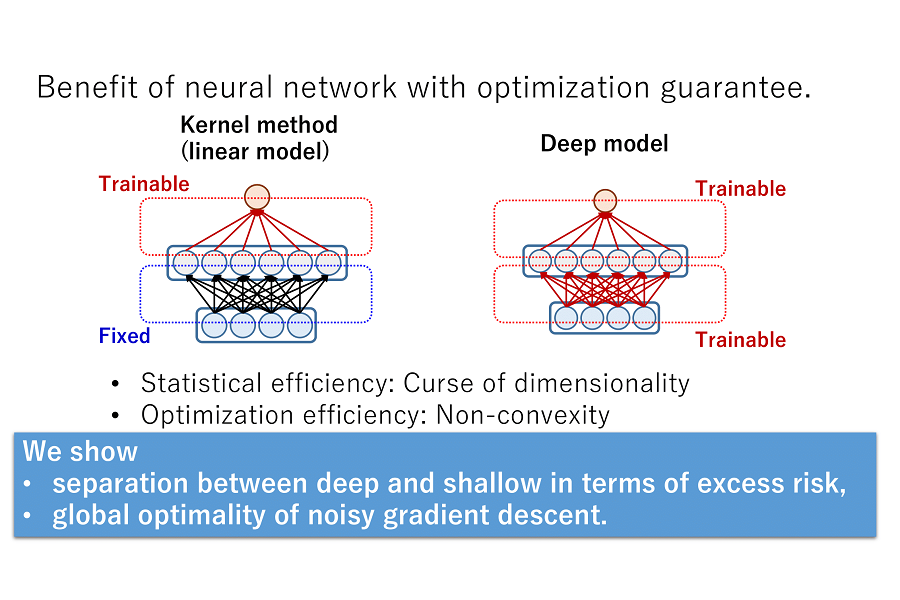Abstract:
We study the selective learning problem introduced by Qiao and Valiant (2019), in which the learner observes $n$ labeled data points one at a time. At a time of its choosing, the learner selects a window length $w$ and a model $\hat\ell$ from the model class $\mathcal{L}$, and then labels the next $w$ data points using $\hat\ell$. The \emph{excess risk} incurred by the learner is defined as the difference between the average loss of $\hat\ell$ over those $w$ data points and the smallest possible average loss among all models in $\mathcal{L}$ over those $w$ data points.
We give an improved algorithm, termed the \emph{hybrid exponential weights} algorithm, that achieves an expected excess risk of $O((\log\log|\mathcal{L}| + \log\log n)/\log n)$. This result gives a doubly exponential improvement in the dependence on $|\mathcal{L}|$ over the best known bound of $O(\sqrt{|\mathcal{L}|/\log n})$. We complement the positive result with an almost matching lower bound, which suggests the worst-case optimality of the algorithm.
We also study a more restrictive family of learning algorithms that are \emph{bounded-recall} in the sense that when a prediction window of length $w$ is chosen, the learner's decision only depends on the most recent $w$ data points. We analyze an exponential weights variant of the ERM algorithm in Qiao and Valiant (2019). This new algorithm achieves an expected excess risk of $O(\sqrt{\log |\mathcal{L}|/\log n})$, which is shown to be nearly optimal among all bounded-recall learners. Our analysis builds on a generalized version of the selective mean prediction problem in Drucker (2013); Qiao and Valiant (2019), which may be of independent interest.









































